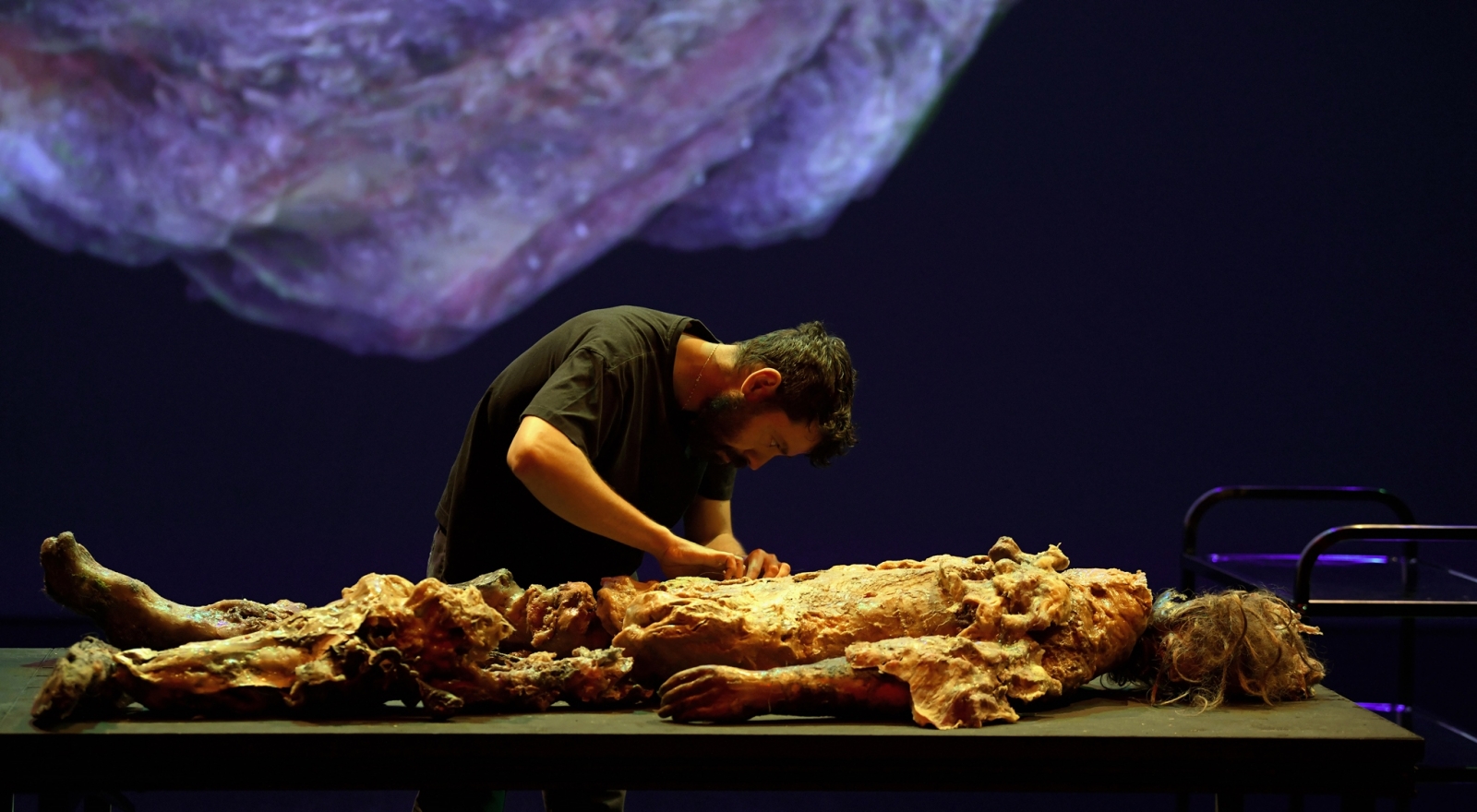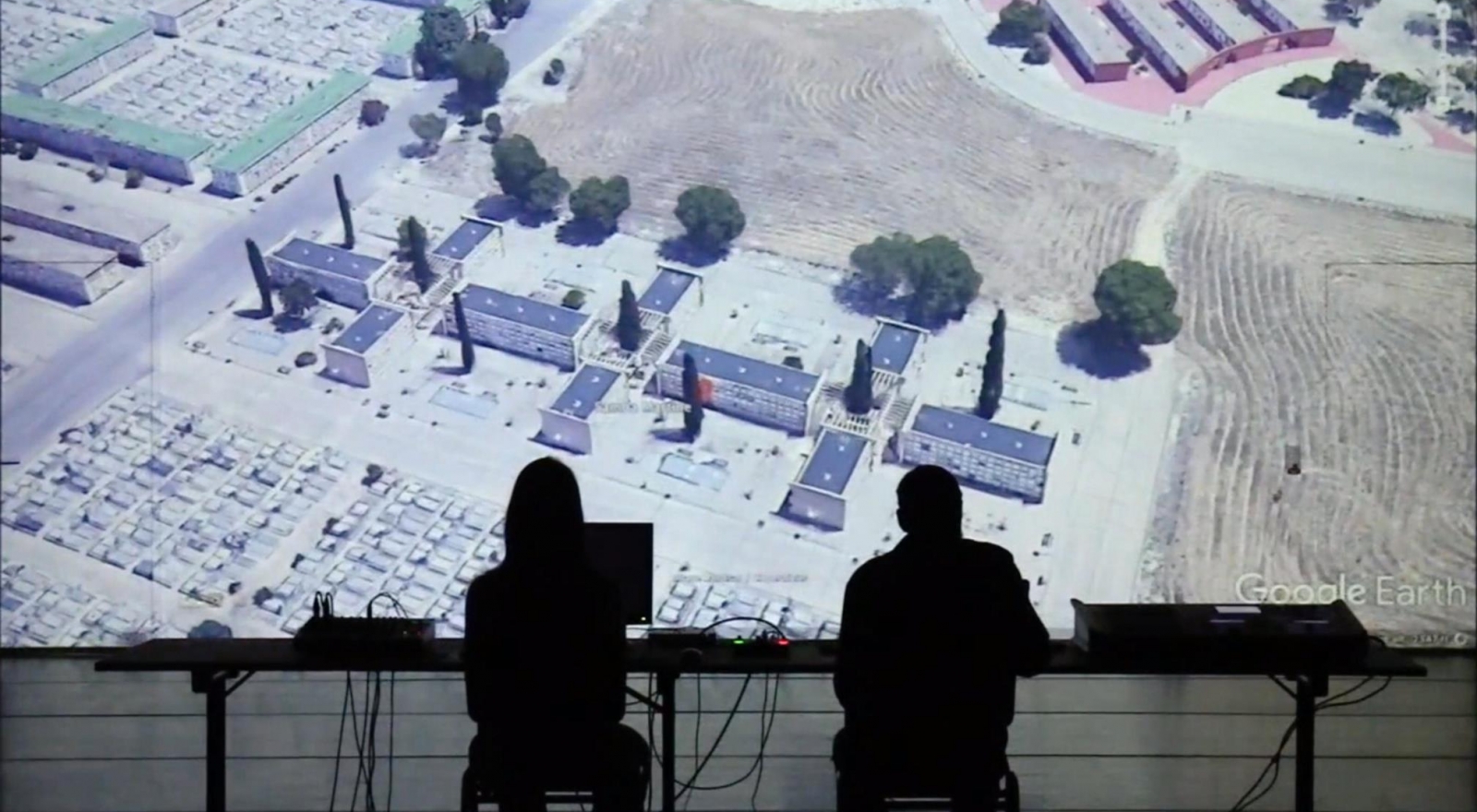Necropolis
Arkadi Zaides / laGeste
Since 1993, UNITED for Intercultural Action, a network of hundreds of European anti-racist organizations, has been compiling a list of refugees and migrants who lost their lives on their way to the continent. The most recent list (June 2021) included information on 44,764 reported deaths. The total toll is certainly much higher, as many people are neither found nor registered. Seeing the long list one cannot ignore the fact that only a very small number of the deceased are mentioned by name.
As the many thousands of deaths that take place at the gates of Europe challenge the taxonomy, the forensic procedures consisting in collecting medical and biological data from the corpses are not carried out in most of the cases. This absence of information prevents any possibility of future identification of the victims. At the bottom of the sea, on the shores and inland, a mass of decomposed bodies tells the story of a collective whose ghost hovers over European territory.
For their research, Arkadi Zaides and his team delve into the practice of forensics to conceive a new virtual depository documenting the remains of the many whose deaths remain to this day mostly unacknowledged. This growing archive, this map, this invisible landscape is stretching in all directions across space and time, interrelating the mythologies, histories, geographies and anatomies of those who have been granted entrance to Necropolis.
Freedom of movement needs to be returned to the bodies who are admitted to Europe as corpses. And although in the city of the dead there is no-body left to dance, it is exactly that no-body, that body of the bodies – the body of Necropolis – which Zaides aims to animate back to life.
in English / 70 minutes
“Necropolis is a ceremony, it’s a memorial, and it commands the greatest respect.” - Toute La Culture


